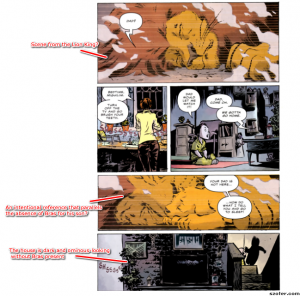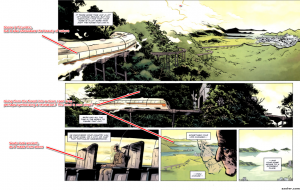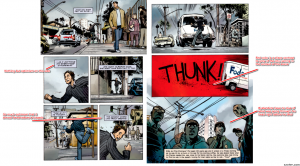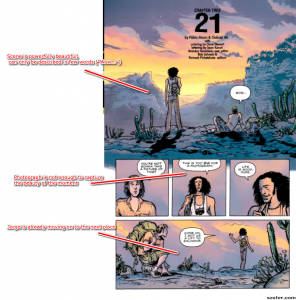My definition of a game, based off of is any action that involves tasks, has rules that direct how those tasks should be done, and has some sort of end goal to it. This end goal could be anything from gaining a certain number of points, to getting to the next level, to competing a certain task. A medium is, to me, a method of delivering information and supplementing the information that is trying to be shared by the author. It could be as dynamic as the internet, as stagnant as a book, as interactive as, well, a video game. Additionally, it could be appropriate in some scenarios and inappropriate in others, which is why you often see the same information presented in a variety of different mediums. Or, as Ian Bogost says, “we can understand the relevance of a medium by looking at the variety of things it does” (Bogost 3). I would classify games as a medium because games have the ability to supplement information with the affordances of the particular game layout. Some games do not augment the information, and are simply prized for their entertainment value—for example, Flow doesn’t really seem to offer much as an information platform. On the other hand, a game like Storyteller could be used to deliver information and allow the player to see scenarios differently than if it were to be read on paper, because they could control the players and potentially decide the outcomes of certain stories. I think most forms of information could be turned into a game. In fact, this very phenomenon is played out in elementary schools throughout the country. Kids learn their alphabets, hand washing skills, and multiplication tables all through the help of games. There are even apps that turn day to day activities into games, or use games as motivators. For example, the apps we talked about in class. There was one that would record the area you encircled while you ran, and then mark that area as your “territory.” You would have to keep running the same paths in order to keep your claim on your land. It turned the mundane chore of working out into a game, thus giving it a competitive edge and making it seem like a more appealing task.
I think we should study games, because games have a lot of potential. As technology advances and we get better graphics and an increased ability to incorporate biodata into games, the line between gaming and virtual reality blurs. Because of this I would say to study one is to study the other. Virtual reality is already used as an educational medium—pilots use computer simulations to practice taking off and landing without ever getting into a plane. They have a screen either in front of or around them, and controls that change their viewpoint based on how they move the controls. There are different difficulties of landings, and obstacles that the pilot has to maneuver around. If you put some sort of competitive aspect to it, like points or a goal, is it really any different than a game? No–in fact, adding the competitive aspect to it turns it into a game.
Now, in this argument, I am treating videogames as a subset of games, and use videogames as a term to describe traditional video games, cell phone games and computer games—basically any game that has a primarily digital aspect. Many papers that discuss the topic of games talk about video games. It is true that as technology becomes more integrated into our lives, video games will grow to encompass a bigger sector of games, and it is not unreasonable to say that it will eventually dominate it. Already there are children who don’t know what board games are, since they have only ever played on their tablets and other devices. I do see a future where games will become obsolete and will only be relevant in terms of videogames, but society will definitely lose something at that point. Like Bogost’s example of caterpillars—“If you remove the caterpillar from a given habitat, you are left not with the same environment minus caterpillars: you have a new environment, and you have reconstituted the conditions of survival” (Bogost 6). I think there should be a focus on studying regular games as opposed to video games, simply because the progression of technology is naturally taking us towards video games, and if regular games are pushed to the side, we lose a caterpillar in our environment. Additionally, with technology comes pros and cons, a point that is also mentioned in Bogost’s post. Gaming can be used as teaching and analytical tools, but it can also encourage laziness and distractions. Studying games and gaming can help steer it into a more positive light and find ways to utilize games to facilitate development and societal success, rather than a discouraged practice.
Games are an integral part of life, and life could be thought of as a game. It seems like something someone who is obsessed with video games would say, but it really has more of a philosophical, deeper grounding to it. Depending on where you are or what stage in your life you are at, your definition of “wining” changes. You “level up” as you go—you graduate college, you get a job, you start a family, you live a happy life. There are winners and there are losers, but we are all part of the same game of life—looks like Milton Bradley wasn’t too far off!
Bogost, Ian . “Introduction.” How To Do Things With Videogames. Minneapolis: University of Minnesota Press, 2011. 1-8. Print.





